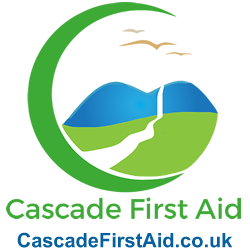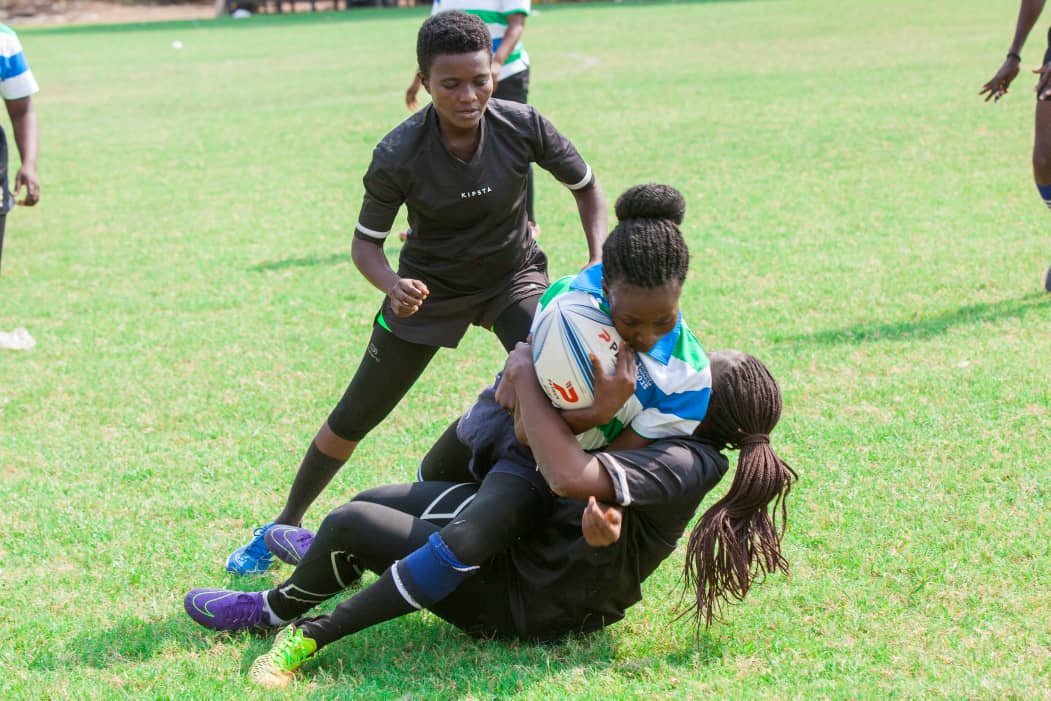This Emergency First Aid at Work Level 3 qualification (EFAW) is ideal for those involved with Rugby Clubs – either as players, coaches or supporters. All courses are delivered, evaluated and quality assured to meet the new guidelines set out by the HSE in October 2017 and meet the requirements of the First Aid at Work (First Aid) regulations 1981 and subsequent 2016 changes.
This course not only covers the complete EFAW syllabus but also includes additional topics such as sprains, strains, fractures, head and spinal injuries, and more.
This qualification is intended for:
- Players
- Coaches
- Supporters
- Background staff
- Anyone interested in acquiring life-saving skills
All our first aid courses fully meet the UK and European Resuscitation Council Guidelines 2015 as per the HSE requirements. It may be delivered as a RQF or VTQ version. The Vocational Training Qualification (VTQ) version is fully recognised by the HSE as a Trade Body Qualification.
The content of this and all our courses has been independently certified as conforming to universally accepted Continuous Professional Development (CPD) guidelines and come with a Certified CPD Statement.
Featured image: Ghana Rugby, CC BY-SA 4.0, via Wikimedia Commons

